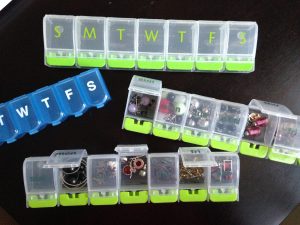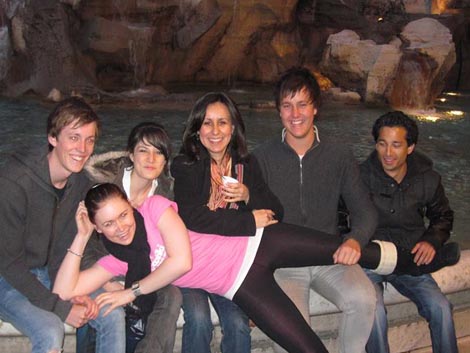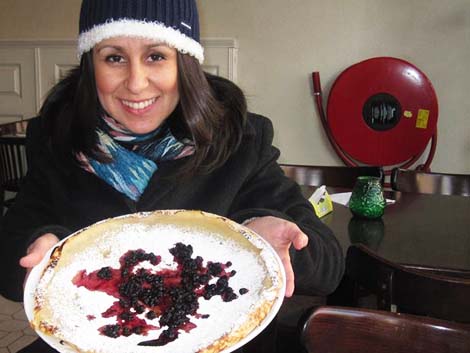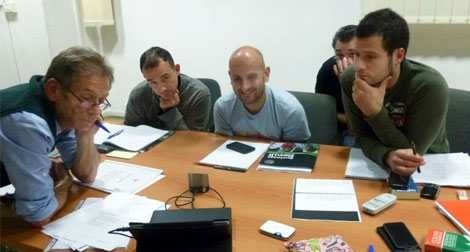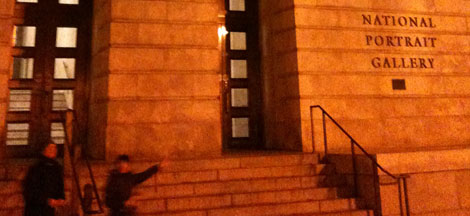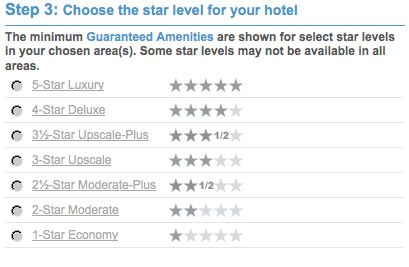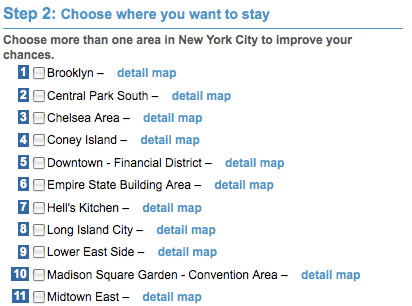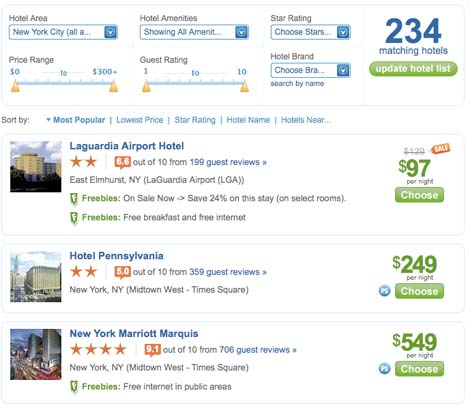Big cities can be quite a puzzle to get to know, and Rome is no exception. Even tougher still, Rome’s huge tourism economy makes it tricky to discover how to deviate from the beaten path. I’ve been to Rome about ten times, and I still don’t feel like I could confidently recommend a restaurant for dinner, for example.
When my extended family called me in Bologna a few months ago and told me they’d be in Rome and wanted me to show them around, I knew it was definitely time to brush up on those dinner recommendations, among other things. It was time to work on my Roman game.
It was a huge relief when they told me they were willing to spend a bit of money for the experience they wanted to have. Having a fantastic time in Rome is totally possible without spending much money. The catch is that it takes quite a bit of advance planning and research, which they didn’t have, and neither did I, really.
I immediately thought of finding them a high-quality walking tour of Rome. In my work managing logistics for CISabroad, I’ve come to really respect a good city guide. That being said, not all guides are created equal, as the job requires a curious combination of social aptitude, knowledge, and passion for their city. If you manage to find a good guide, what they offer is invaluable: a personalized, in-depth local’s perspective on the city you’re visiting. Which is kind of the ideal offering when visiting a new place.

Once I find a guide I really like, and the company they work for is easy to work with, I find I usually like all the guides from that company, and can explore other tours they offer. But finding that company can be tricky. For my family’s trip, I was searching for a great guide and a unique tour that didn’t focus too much on history or culture, as my family is more of the sporty type. So when I stumbled upon The Roman Guy’s Cocktail bars in Rome: Evening Walking Tour, it seemed to be the perfect solution and I booked it immediately. Let me tell you, my family really appreciates a good cocktail. The Roman Guy is a big operation, offering many different types of tours, and lots of guides. They pretty much bent over backward to get my family set up with three tours, with just a couple of days notice.
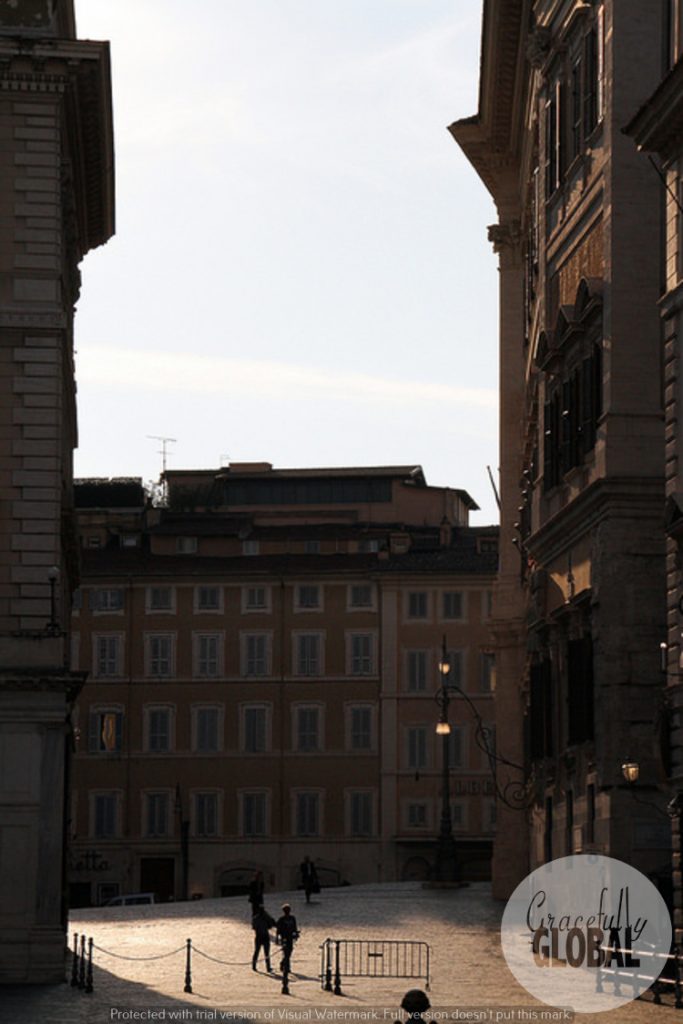
We met our The Roman Guy guide, Fiona, in Piazza Colonna. She immediately endeared herself to us, admitting she was thrilled to lead our private tour, as she needed to get away from her half-Italian, half-Australian teenage son who had just started his summer break. “Our apartment is feeling smaller and smaller these days,” she chuckled. She is the kind of person you hope to meet at a cocktail bar for some fun small-talk with someone other than your family members, who you’ve been talking to 24/7 since your vacation started.
We wove our way to the first bar, and Fiona casually introduced my family to the important landmarks along the way, like the Tempio di Adriano, which was in the neighborhood of the first bar we visited, sporting elegant cocktails and the coolest Jell-O Gin shots set in lemon skins I’ve ever had (ok, admittedly, the only Jell-O Gin shots in lemon skins I’ve ever had).
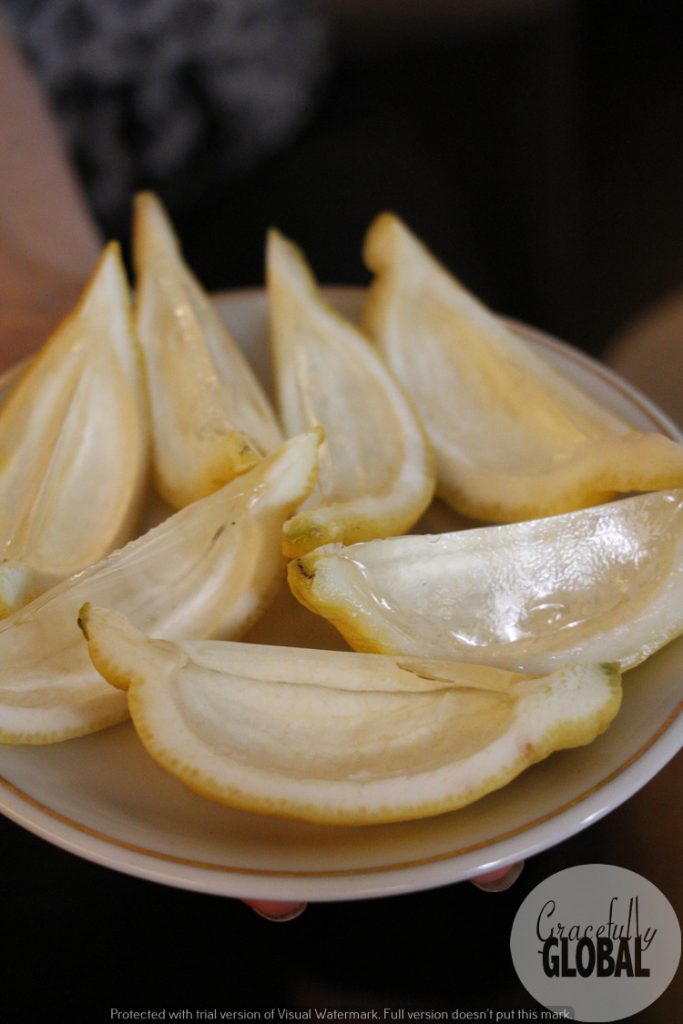
Next stop was the Pantheon, where Fiona explained its intriguing history to my family, filling in the blanks of my less-than-adequate description from when we had been by the Pantheon earlier that day. What can I say? My forte is logistics and not history. I can’t do it all, sigh.
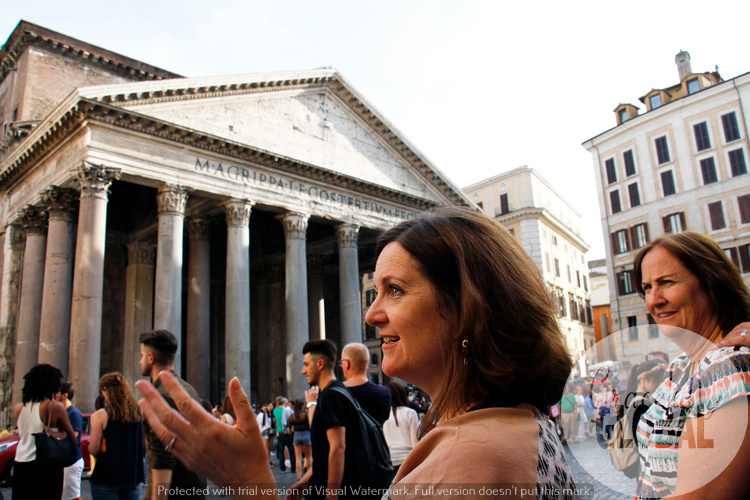
With my family sufficiently briefed on the Pantheon, we headed to the next bar, and within a five-minute walk, we found ourselves in a sea of fun and chic bars and restaurants that were anything but tourist traps. I’ve been in the area of the Pantheon umpteen times, and I never knew it took so little effort to get away from the touristy cafes. Our destination was Bar del Fico, where Fiona helped me improve my Italian by explaining the origin of their name. I’d always known that “fico” in Italian was a similar slang word to our version of “cool,” but I had never known that outside the slang, the real definition of the word “fico” was “fig.”
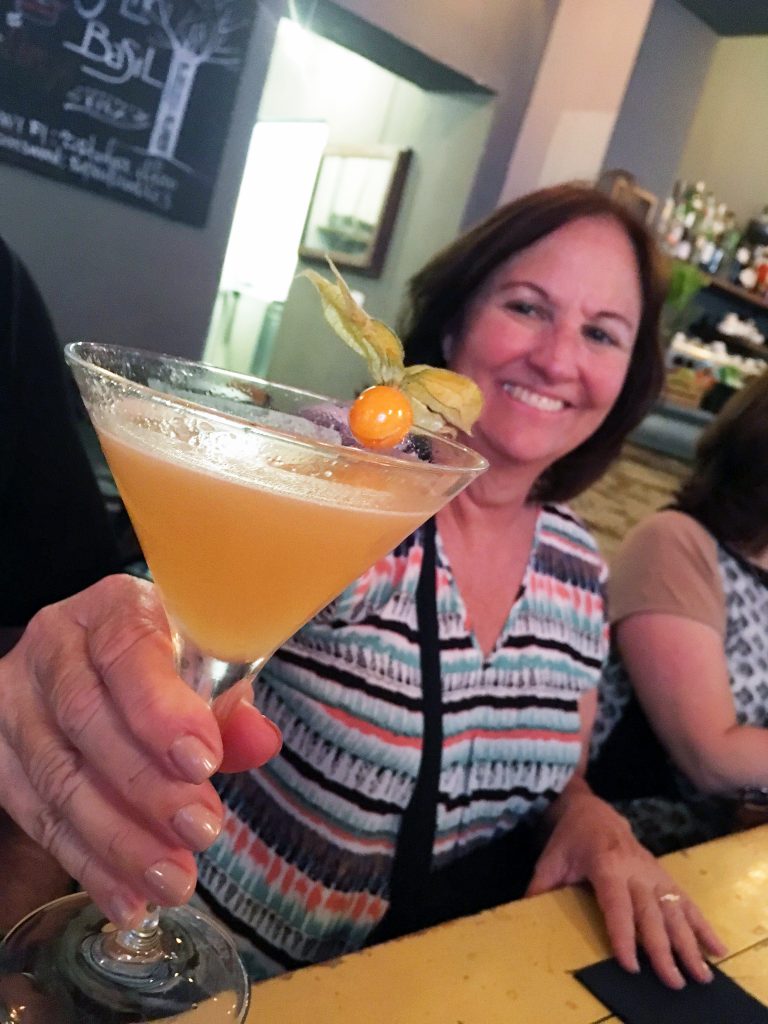
The bar was named after a beautiful fig tree standing proudly out front, under which crowds of men were hunched over chess boards, playing to their heart’s content amidst the bustling little square full of action and life. I loved this place, such a great find, feeling so far away from the typical tourist destination, yet actually, just a five-minute walk away.

Next, Fiona diverted our tour to the French church, San Luigi dei Francesi, to see a Caravaggio painting. This diversion was a personal passion she wanted to share with us, as she loves art and is fascinated with the life that the painter Caravaggio, a feisty character, led in Rome.

As we sauntered to the next bar, she shared stories about Caravaggio’s antics in Rome in the 1600s and pointed out places where he had lived and frequented. She also stopped to show us how to properly get water from the famous Roman drinking fountains.
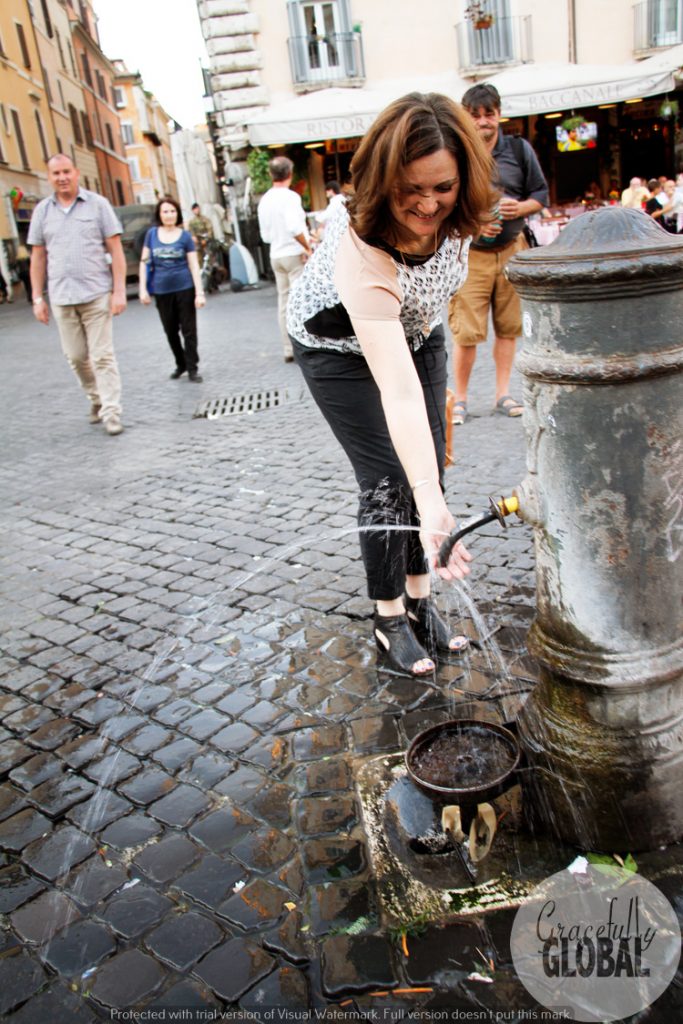
Now was the moment I had anticipated: crossing the Ponte Sisto bridge into Trastevere, and enjoying this lovely, spirited neighborhood on a Friday night. My family would have never gone to this area of Rome if it weren’t for the tour, and were grateful to take in the sunset over the River Tiber from the bridge, and the fabulous vibe of couples and families hanging out, playing music, and taking in the beautiful scene.
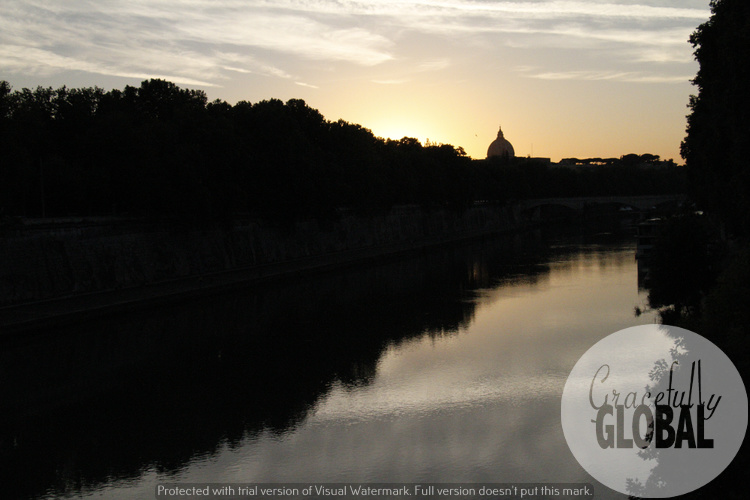
The next bar was just a short walk from the bridge at the edge of Trastevere, famous for having one of the best cocktail-makers in the city, and a fabulous aperitivo. My family hadn’t yet learned about the fantastic world of aperitivo, where a drink purchase buys you access to a free, endless buffet.
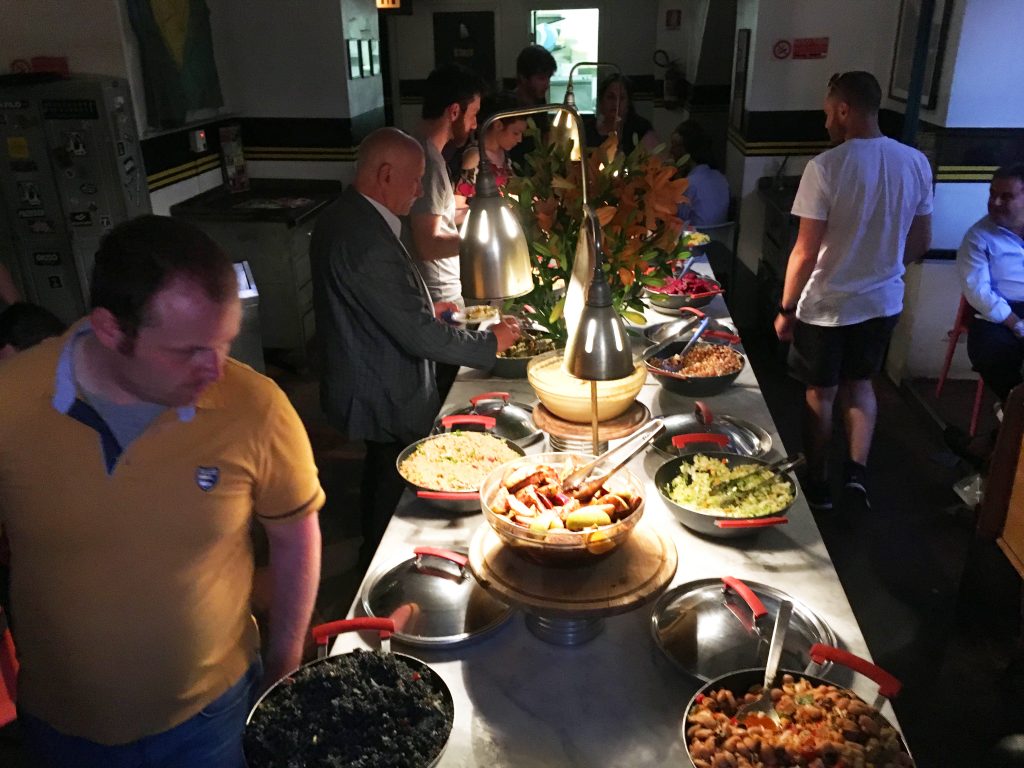
I, on the other hand, lived on aperitivo when I was a poor student in Bologna. We fondly call the act of eating aperitivo for dinner “apericena,” meaning, “aperitivo” plus “cena” (dinner). We apericena-ed happily this evening, enjoying the rambunctious crowd on the patio.
By the end of our cocktails, my family was admittedly exhausted. It had already been a full evening, and were feeling the jet lag. Nonetheless, we couldn’t finish the tour without stepping into the famously windy streets of Trastevere, and also not without a bit of dessert. Fiona had just the place, and we soon found ourselves standing outside of a little bar, Vendita Libri, Cioccolate e Vino, that only offered chocolate shots with raunchy names. We were thrilled.
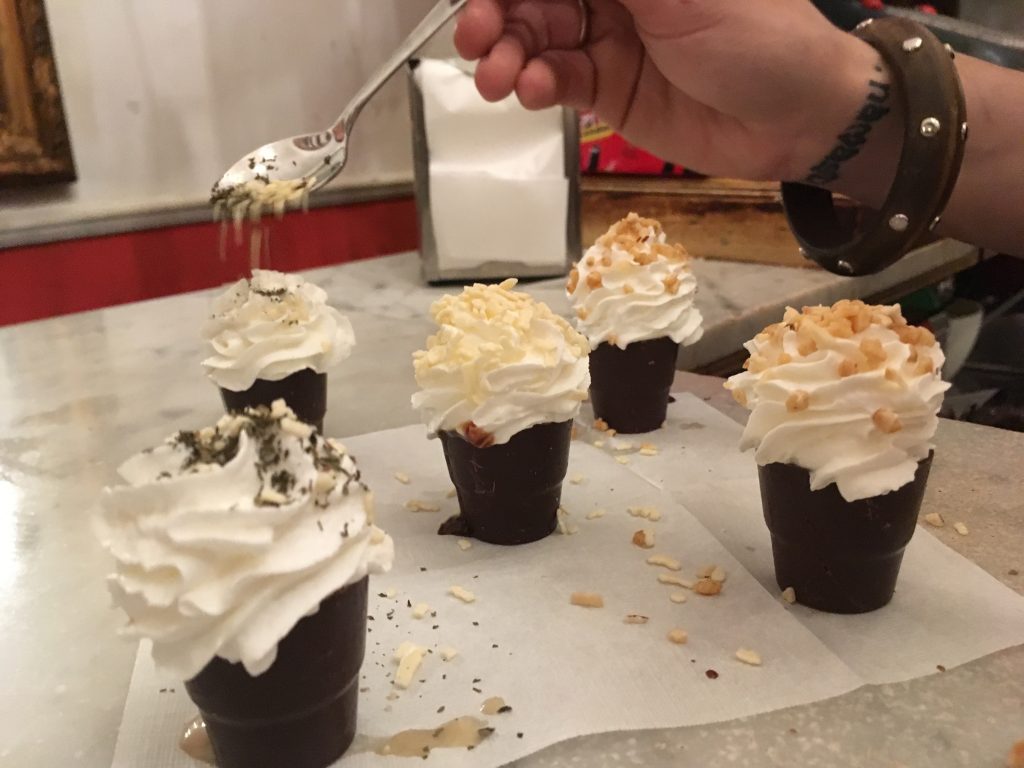
We all selected our shot, blushed a little when we ordered it, and watched the bartender combine all of the delicious components into little chocolate cups topped with whipped cream.
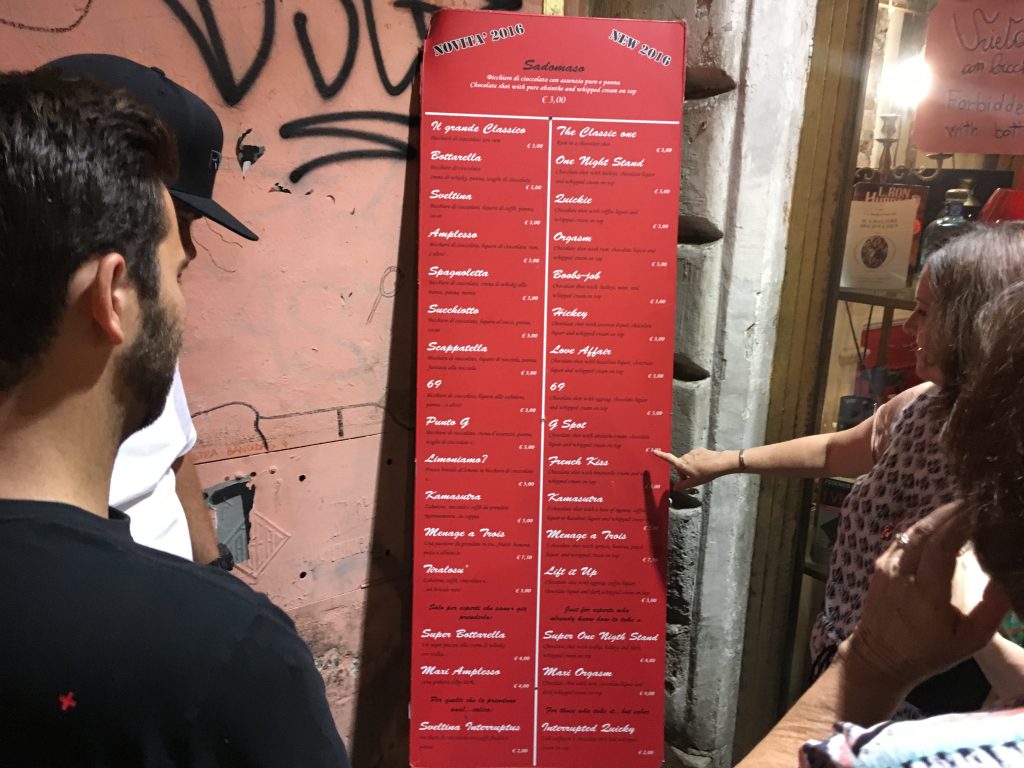
The catch was, we were firmly instructed by the bartender that we must insert the entire shot into our mouth, which we all laughed our way through, some of us with more successful outcomes than others.
We ended our evening with a walk to the taxi stand a few blocks away. My sleepy family got in a taxi and were off. Fiona and I exchanged a hug and a goodbye, and I walked back to my Airbnb in Trastevere. To me, that’s the mark of a good tour guide…someone you’d like to stay in touch with. I hope to see Fiona again on another tour or just around town. And despite the jet-lag, my family considers this evening on The Roman Guy’s cocktail tour the highlight of their trip to Rome.

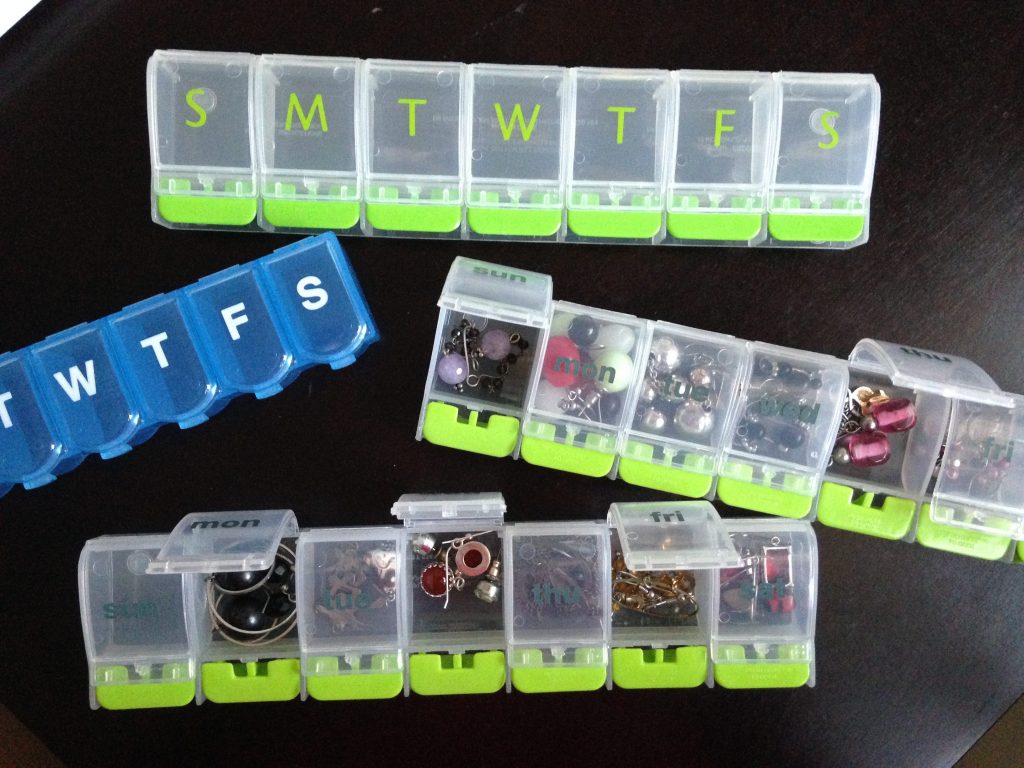
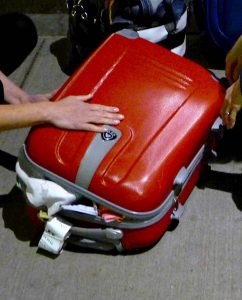
 2. If you are flying international and think you might buy a lot of souvenirs, pack a large recyclable grocery bag to use as a carry-on on the way back if necessary.
2. If you are flying international and think you might buy a lot of souvenirs, pack a large recyclable grocery bag to use as a carry-on on the way back if necessary. 3. Saving space is important, but space saver bags are only helpful to a point.
3. Saving space is important, but space saver bags are only helpful to a point.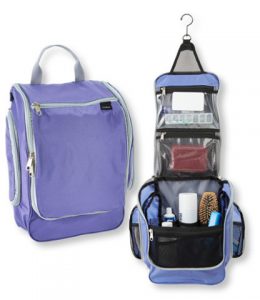
 5. Speaking of toiletries, leave behind your expensive bottles of serums and moisturizers, and use contact lens cases instead.
5. Speaking of toiletries, leave behind your expensive bottles of serums and moisturizers, and use contact lens cases instead.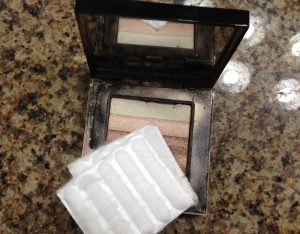 6. Protect your blush, bronzers, powders, and eye shadows from breaking and crumbling with disposable face pads.
6. Protect your blush, bronzers, powders, and eye shadows from breaking and crumbling with disposable face pads.

